Last updated on June 1st, 2023
- What Does Trout Taste Like: Unraveling the Flavor Mysteries - August 2, 2023
- Best Fishing Bibs Tested & Reviewed: Buyer’s Guide - July 19, 2023
- Fishing for Whiskers: Best Bait for Catfish - July 12, 2023
Saltwater fishing is an exciting way to get out and enjoy the outdoors, but it’s not something you can just jump into without any knowledge. That’s why we’ve put together this comprehensive guide of saltwater fishing tips so that anglers of all levels can make the most out of their next trip. From surf fishing techniques to Bluewater safety considerations, these tips will help ensure a successful day on the water. So grab your tackle box and let’s dive in for some saltwater fishin’ fun.
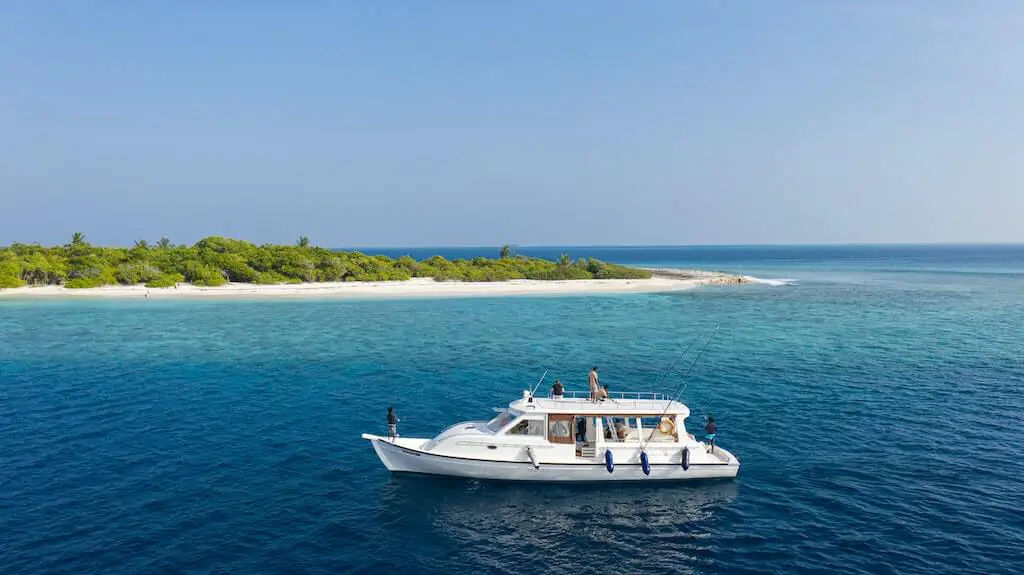

Table of Contents:
- Saltwater Fishing Basics
- Surf Fishing Tips
- Flats Fishing Tips
- Pier Fishing Tips
- Bluewater Fishing Tips
- Conclusion
- FAQs
Saltwater Fishing Basics
Saltwater fishing is a popular activity for anglers of all skill levels. From surf fishing to bluewater fishing, there are plenty of opportunities to catch fish in the ocean. Before heading out on your next saltwater adventure, it’s important to understand the basics and be prepared with the right tackle and bait.
Types of Saltwater Fishing
There are several types of saltwater fishing that you can choose from depending on your location and preferences. Surf fishing is one of the most common forms, where anglers cast their lines from shore or wade into shallow waters close to shore. Flats fishing involves casting lures in shallow water near coral reefs or sandbars while pier fishing requires a bit more patience as you wait for fish to bite off the end of a pier or jetty structure. Lastly, bluewater fishing takes place far offshore in deeper waters using heavy-duty tackle and specialized boats designed for deep sea conditions.
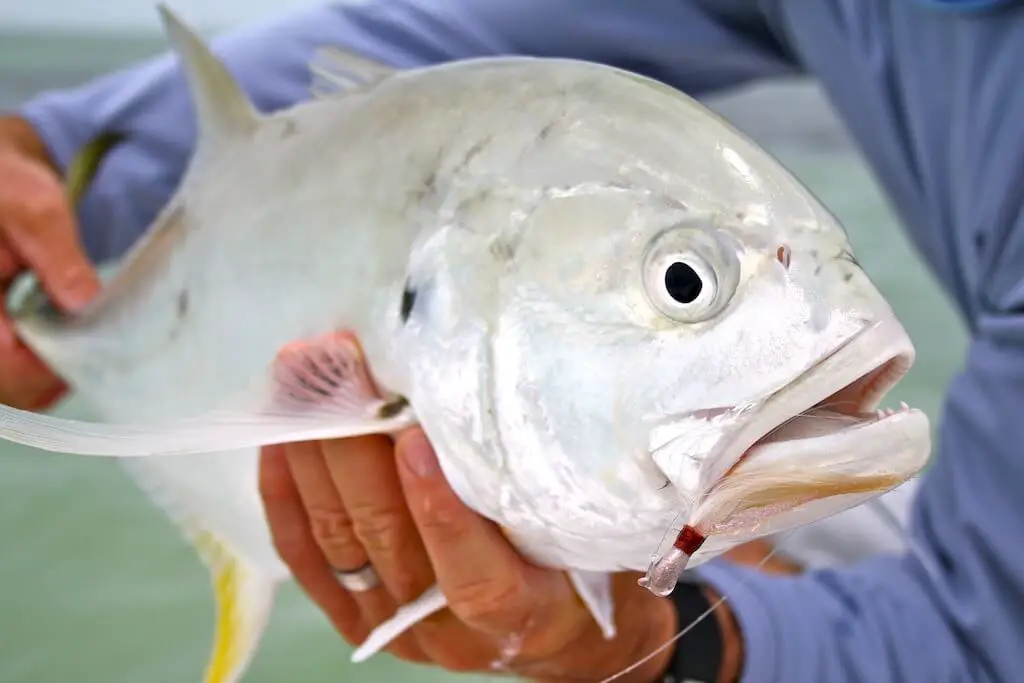

Tackle and Bait
Depending on which type of saltwater fishery you’re targeting, different types of tackle will be necessary. For surfcasting, light spinning rods with small reels work best along with lightweight lures such as jigs or spoons that can be easily casted long distances into waves crashing onto shorelines. For flats or pier fisheries, medium weight spinning rods paired with soft plastic baits like shrimp imitations work well when targeting species like snook or redfish that frequent these areas during certain times throughout the year. Bluewater fishermen typically use heavy-duty conventional reels loaded up with braided line capable of handling large gamefish such as marlin and tuna found further offshore at depths beyond 100 feet below surface level .
It is also important to consider clothing when preparing for a day out on the water since weather conditions can change quickly in an open environment like an ocean coastline. Lightweight breathable fabrics are recommended so that moisture does not become trapped against skin leading to discomfort over time. Sun protection should also be taken seriously by wearing hats, sunglasses, sunblock etc., especially if spending extended periods outdoors under direct sunlight. Lastly, always make sure safety equipment is readily available onboard any vessel before leaving port including life jackets, flares, first aid kits etc., just in case something unexpected happens while out at sea.
Once you have a good understanding of the basics of saltwater fishing, you can move on to more advanced techniques such as surf fishing. This requires specialized knowledge and equipment that will be discussed in the next section.
Key Takeaway: Be prepared for saltwater fishing by having the right tackle and bait, appropriate clothing, and safety equipment. – Tackle (spinning rods, reels, lures) – Bait (jigs, spoons, soft plastics) – Clothing (breathable fabrics with sun protection) – Safety Equipment (life jackets, flares etc.)
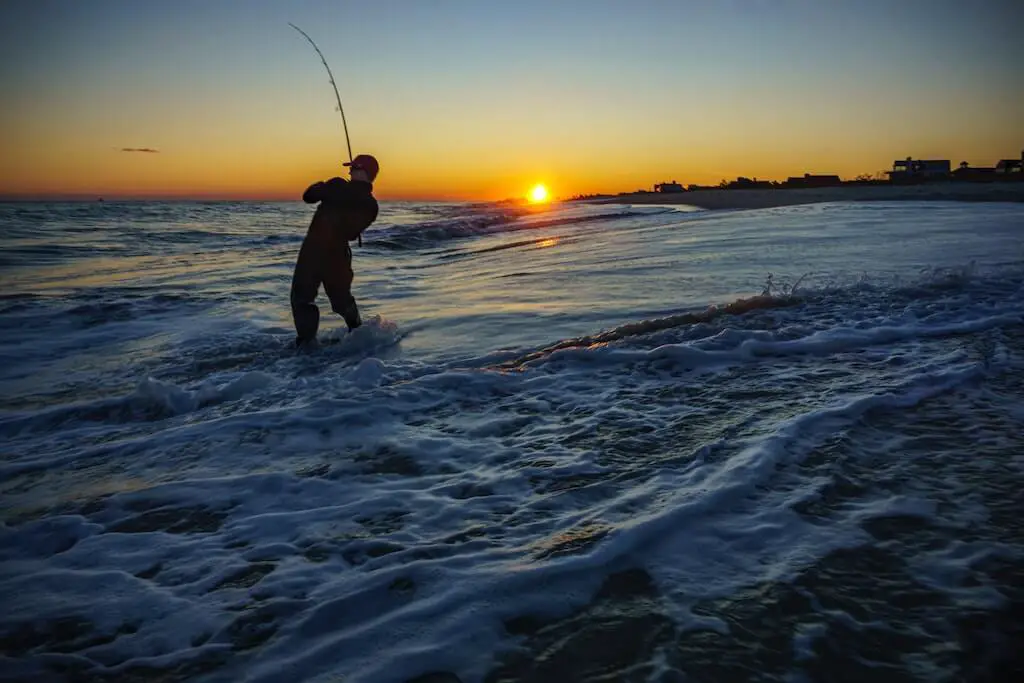

Surf Fishing Tips
Choosing the Right Spot
When it comes to surf fishing, location is key. Look for areas with a good mix of sand and rocks, as well as places where there are likely to be schools of fish. You should also consider the tide when selecting your spot; low tides will give you access to more shallow waters while high tides can bring in larger waves that can make casting difficult.
Tackle and Bait Selection
The type of tackle you use for surf fishing depends on what kind of fish you’re targeting. If you’re looking for smaller species like whiting or croaker, then a light spinning rod with 8-10 lb test line is ideal. For bigger gamefish such as red drum or cobia, heavier rods and lines up to 20 lbs may be necessary. As far as bait goes, shrimp and squid are great options for most types of saltwater fish but live bait such as mullet or menhaden can work better in certain situations.
To get the best results from your surf fishing session, try using a combination of techniques including bottom bouncing (dragging your bait along the ocean floor), casting out beyond the breakers (where deeper water holds more prey) and chumming (throwing bits of cut bait into the water). Additionally, don’t forget about jigging – this technique involves rapidly jerking your rod tip up and down which often triggers strikes from nearby predators.
Surf fishing can be a rewarding experience, but it is important to choose the right spot and use the proper tackle and bait for success. By following these tips, you can maximize your chances of catching fish in the surf. Next up, we’ll look at some flats fishing tips that will help you find and catch fish in this unique habitat.
Heading out for some surf fishing? Make sure you pick the right spot, use the right tackle & bait, and try a combination of techniques like bottom bouncing & jigging. #SaltwaterFishingTipsClick to Tweet


Flats Fishing Tips
Flats fishing is a popular type of saltwater fishing that can be done from shore or by boat. It involves anglers targeting shallow water areas where fish are likely to congregate. To successfully flats fish, you need to know how to identify the right habitats and use the right gear and techniques.
Identifying Fish Habitats in the Flats
When it comes to flats fishing, knowing where to look for fish is key. Look for areas with structure such as rocks, reefs, grass beds, sand bars and drop-offs that attract baitfish which in turn attract larger predatory species like snook and redfish. Also look for signs of activity such as birds diving into the water or schools of baitfish on the surface. These are all indicators that there may be gamefish below waiting for an easy meal.
Selecting The Right Gear
Once you’ve identified a good spot to target your prey, you’ll need some specialized gear designed specifically for this type of fishing. A light spinning rod paired with a reel spooled with 8-10 pound test line will work well when targeting smaller species like trout or flounder in shallow waters up to 6 feet deep. If you plan on going after bigger game like tarpon or permit then opt for a heavier setup using 10-15 pound test line depending on conditions and target species size. You’ll also want lighter lures such as jigs or small plugs so they don’t sink too quickly through the shallows before reaching their intended targets below.
Now that you have your gear ready it’s time to start catching some fish. Start by casting out towards structure such as rocks or grass beds then slowly retrieve your lure while keeping an eye out for any sign of activity near its path – if something looks suspicious give it another cast. Another effective technique is sight casting – simply locate visible schools of baitfish then cast your lure close enough so they notice it but not too close otherwise they’ll scatter away from danger. Lastly, don’t forget about flyfishing – this method works great when targeting tailing reds along sandy beaches during low tide periods since these predators often come very close inshore looking for food at those times making them easier targets than usual.
Flats fishing is a great way to catch fish in shallow waters. With the right knowledge and gear, you can have an enjoyable and successful experience. Now let’s look at pier fishing tips for catching fish from piers.
Key Takeaway: Successful flats fishing requires identifying the right habitats, selecting specialized gear and using effective techniques such as casting towards structure, sight casting and flyfishing.


Pier Fishing Tips
Choosing the Right Pier to Fish From:
When it comes to pier fishing, location is key. You want to choose a pier that has access to deep water and plenty of fish. Look for piers with rocky or sandy bottoms as these are great spots for baitfish and other species of fish. Also, look for signs of activity such as birds diving into the water or fishermen catching their limit. This will give you an indication that there are plenty of fish in the area.
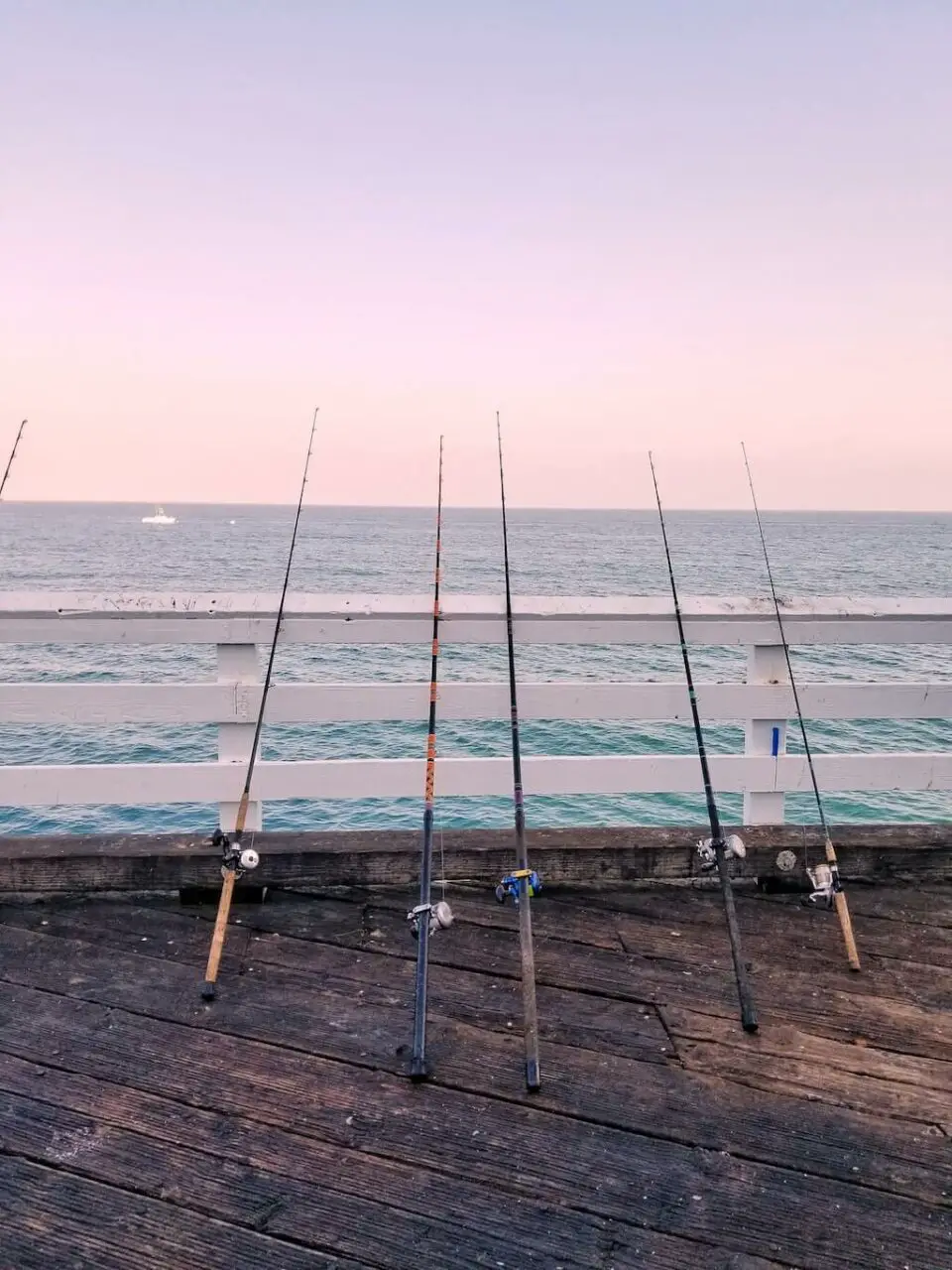

Tackle and Bait Selection
The type of tackle you use will depend on what kind of fish you’re targeting from the pier. For example, if you’re looking to catch mackerel then using light spinning gear with small lures would be ideal. If your target is larger game like halibut then heavier tackle may be necessary along with bigger baits such as squid strips or live baitfish.
Once you have chosen your spot and gathered your tackle and bait, it is time to start fishing. Depending on which species you are targeting, different techniques can be used when fishing from a pier such as jigging, trolling or casting lures out into deeper waters near structure like rocks or pilings where big game might hide out during feeding times. It also helps if there is some current running through the area since this can attract more fish towards your line so they can take advantage of any free meals drifting by.
Pier fishing can be a great way to catch fish, but it is important to understand the right techniques and tackle selection. Now let’s move on to bluewater fishing tips for even more success.
Key Takeaway: When fishing from a pier, consider location, tackle and bait selection as well as techniques such as jigging, trolling or casting lures. Look for signs of activity like birds diving into the water to help identify good spots with plenty of fish.


Bluewater Fishing Tips
Choosing the Right Boat and Gear for Bluewater: When it comes to bluewater fishing, having the right boat and gear is essential. It’s important to choose a boat that can handle the open waters of the ocean. Look for boats with deep-V hulls, wide beams, large fuel tanks, and plenty of storage space. As far as gear goes, you’ll need heavy duty rods and reels capable of handling larger fish such as tuna or marlin. You should also invest in quality tackle such as circle hooks, lures designed specifically for bluewater fishing, swivels and leaders made from stainless steel wire.
Tackle and Bait Selection for Ocean Fishing
The type of bait you use will depend on what kind of fish you are targeting. Live bait works well when trolling for billfish like marlin or sailfish while artificial lures work better when casting around reefs or rocks where smaller gamefish may be hiding out. If using live bait make sure to keep it fresh by keeping it in an aerated livewell or bucket filled with seawater until ready to use. Artificial lures come in many different shapes sizes colors so experiment with different types until you find one that works best in your area.
When bottom fishing, make sure your baits reach all depths by letting out enough line so they sink down past any thermoclines (layers) that may exist at certain depths. Varying your speed when trolling can also be beneficial; some species respond better to faster speeds while others prefer slower ones. Lastly, keep your lines close together but not too close so they don’t get tangled up during retrieval.
Key Takeaway: Bluewater fishing requires the right boat, gear and tackle for success. Invest in a deep-V hulled boat with wide beam, quality rodsreels, circle hooks, lures and stainless steel wire swivelsleaders. Use live bait when trolling for billfish or artificial lures around reefsrocks. Vary speed when trolling to find what works best in your area.
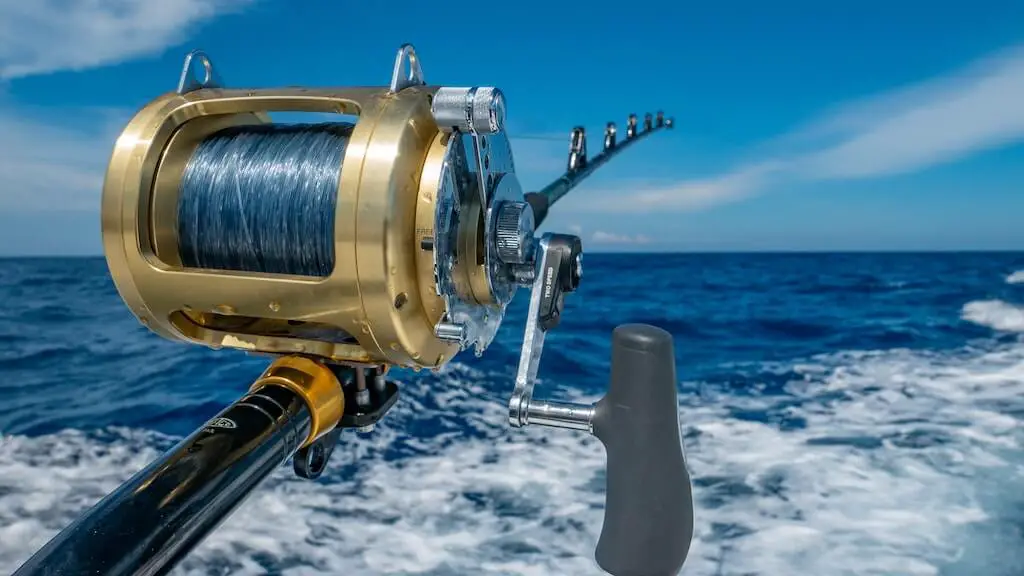

Conclusion on Saltwater Fishing Tips
With the right knowledge, tackle, bait and clothing you can have a successful saltwater trip no matter what type of fishing you choose to do. Whether it’s surf, flats, pier or Bluewater Fishing – having the right saltwater tips will help make your next adventure even more enjoyable. So don’t forget to brush up on your fishing tips for saltwater before heading out for your next big catch.
Are you looking to become a successful saltwater fisherman? With the right tips and tricks, it is possible! Learn about different fishing tackle, lures, techniques and bass fishing to make your recreational trips more productive. Find out what works best in various conditions so that you can get the most out of every trip. Get started today with these essential saltwater fishing tips!
FAQs
What is the best bait for saltwater fishing?
Saltwater fishing requires the use of specific bait to be successful. The best baits for saltwater fishing depend on the type of fish you are targeting and the conditions in which you are fishing. For example, live shrimp is a great choice when targeting species such as snook, redfish, flounder or sea trout. Soft plastic lures can also be effective for these species and work well in areas with strong currents or deeper water. Artificial jigs and metal spoons are excellent choices for larger game fish like tarpon or king mackerel. Lastly, cut bait from fresh-caught fish can be used to target larger predators such as sharks or barracuda. Each type of bait has its own advantages and disadvantages so it’s important to do your research before heading out on your next saltwater fishing trip.
How do you hook a fish in saltwater?
Saltwater fishing requires different techniques than freshwater fishing. To hook a fish in saltwater, you need to use the right bait and lures for the type of fish you are targeting. Start by selecting an appropriate size and color lure that will attract the species of fish you’re after. Then cast your line out into the water and wait for a bite. When a fish takes your bait, quickly set the hook with a sharp jerk of your rod to ensure it is securely attached to the fish’s mouth before it can spit it out. Be sure to keep tension on your line as you reel in so that the hook stays firmly embedded in its jaw until you can land it.
How do you catch big fish in the ocean?
To catch big fish in the ocean, it is important to use the right tackle and lures. Heavier rods and reels with stronger lines are necessary for larger catches. Jigging or trolling can be effective methods of fishing in the open sea, while baitcasting is best used near shorelines or around structure. Additionally, researching local fisheries and understanding their behavior can help you target bigger fish more effectively. Knowing when to move locations and when to stay put will also increase your chances of success. With a bit of knowledge and practice, anyone can become an expert angler.
What do you use for salt water fishing?
Heavy duty rods, reels, and lines are necessary for battling the larger fish found in saltwater environments. Lures such as jigs, plugs, spoons, poppers and soft plastics can all be used depending on the species being targeted. Additionally, techniques like trolling or drifting with live bait can also be effective when targeting saltwater species. Knowing what type of environment you’re fishing in is key to success; certain lures work better than others depending on whether you’re fishing near shore or out at sea. Ultimately, the best way to find out what works is to experiment and try different lures until you find something that works.
